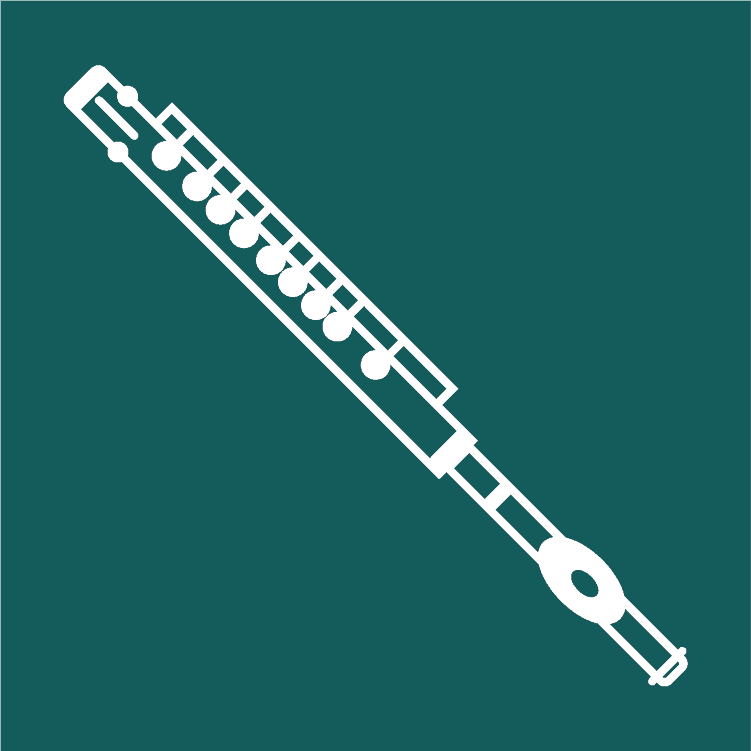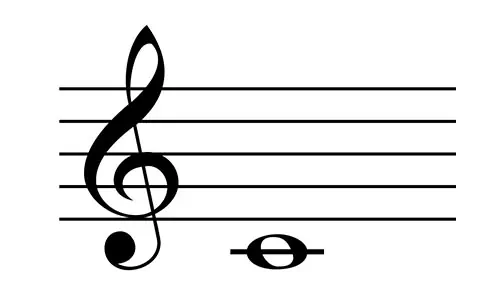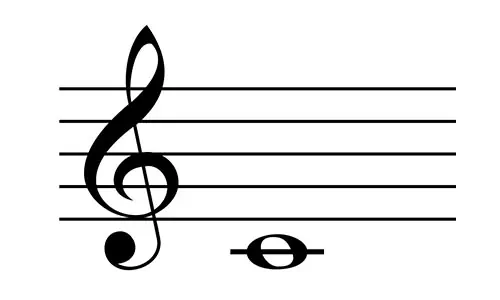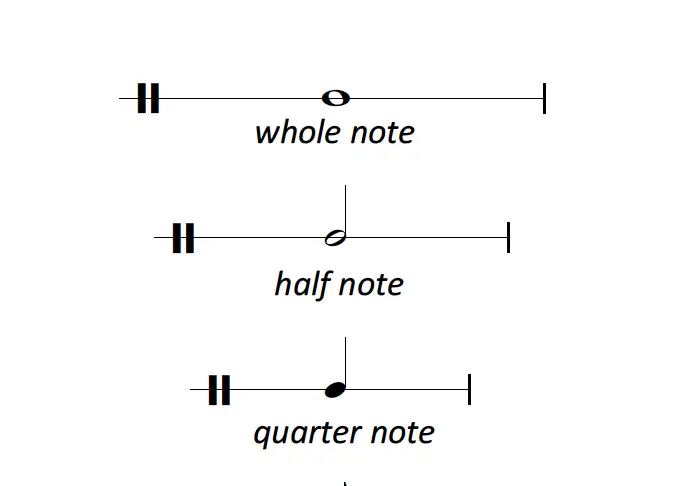how to Read Piccolo Music
Your one-stop guide to reading piccolo sheet music

Identifying how to read music is a very important skill to have. But it is additionally a very different skill from actually playing the piccolo. Exactly why should we treat them as one and the same! As a section in the ‘Beginner’s Guide To Learning The Piccolo’, we hope to offer you the tools and knowledge to read music much better.
What is notation?
Music is a language; and similar to any language, it has a written variety. Notation provides musicians worldwide as a tool to communicate. A composer writes their piece with certain icons, and if you can read music, you can understand it, decipher it, and ultimately play it.
But when was it created? Well, truly early examples have been discovered on stone tablets as long ago as 2000 B.C. Though the current variety we read now was actually designed by Catholic Monks to make church music all over the world a standard style!

Is Reading Music Vital?
Learning to read music takes effort and time. There are no two ways about it, it’s a tough skill to master.
If you’re looking to perform pop/rock music, it’s not so vital that you learn to read music. However, if you do, you’ll find life easier later on.
You may absolutely go down this path if you choose. Just understand that like riding a bicycle, reading music is a skill you never forget – and the pros massively exceed the downsides.
Is Reading Music Tough?
Whenever you were understanding how to read and write, did your teacher take care of them as the exact same task? Most probably not. Physically writing letters and learning how to control a pen, is actually a different skill set than reading how individual characters join together to generate a word.
The process of learning to read music is similar.
The process of playing the piccolo is a totally different skill from the process of reading the music which is positioned before you. Yes, you will find a relationship. But it’s not precisely the same. So any educator who is not isolating out these tasks, and teaching them through unique approaches, really should be fired!
Finally - Learn To Read Music
The Treble Clef Staff
For piccolo, staff notation is actually structured around something named the treble staff. This contains a stave (the term for the lines) of five lines and 4 spaces. It is usually marked using a treble clef (the squiggly thing at the start of the line)!
Middle C lies in the space at the very bottom of the stave, upon an imaginary line.
Notes can sit on a line or in a space. The vertical position (height) of the note identifies the pitch. The higher up the stave, the higher the pitch. If the note needs to go higher or lower than the stave lines, we add mini lines for each note that is higher or lower. Those lines are called ledger lines.

The notes
So that we don’t have to count up from middle C to find our note, you can use a technique – and it’s as basic as remembering the word FACE…

The five lines of the treble staff are EGBDF. The acronyms that are widely used are “Every Good Boy Does Fine” or “Every Girl Boss Does Fine.” We personally think they are pretty terrible, and it’s a lot more fun to make up your own!

And to show the actual way it all appears, this is actually the complete Treble Clef staff

The Length of Notes
When we read through sheet music, we read the score from the left-hand side to the right. As we previously discovered which specific note to play, we now need to find out the span of time to play it for. Thankfully, the printed note actually tells us this as well.
The exact shape of the note and stick can tell you how long you’ll have to play the note.
- A whole note (or if you are in the UK, it’s called a Semibreve) is an empty circle and lasts four counts.
- A half note (or if you are in the UK, it’s called a Minim) adds a stem and lasts two counts.
- A quarter note (or if you are in the UK, it’s called a Crotchet) fills in the circle and lasts one count.


How To Read Piccolo Sheet Music - Summary
Brilliant news – you have the resources…
With this fundamental information, now you can go away and use what you’ve learned. It’s really not as tricky as you believed – and you’ll soon get the hang of it with a little determination.
It won’t surprise you to know that there is quite a bit more about reading music than I’ve mentioned above. But everyone has to start out somewhere – and provided you can get to the position in which you remember all of this info and find it easier, you’ll then be ready to jump in deeper with your quest for understanding!
About the Author
Chloë Vincent
Chloë is a graduate of the Guildhall School and concert highlights include the BRIT awards with Billie Eilish, The Who at Wembley Stadium and performing for the Queen at Buckingham Palace. Chloë regularly records at studios such as Abbey Road, working for artists such as Kanye West, Madonna and Michael Kiwanuka as well as film sessions. Orchestral work covers tours of China and Japan and performing at the Musikverein in Vienna. Chloë lives in Oxfordshire with her trumpeter husband and enjoys cooking and playing board games in her spare time.
Twitter - @chloeflute
Other posts by this author
Twitter - @chloeflute
Have You Joined Yet?
Each week, on a Friday, I mail out the 4 Feature Friday email. It’s a basic idea that includes four amazing things I’ve found that week.
As long as it’s music relevant, it could land in the email. Innovative music, tricks, goods, product reviews – anything at all.
Get Access by simply clicking directly below.
Read the next post in this series:




